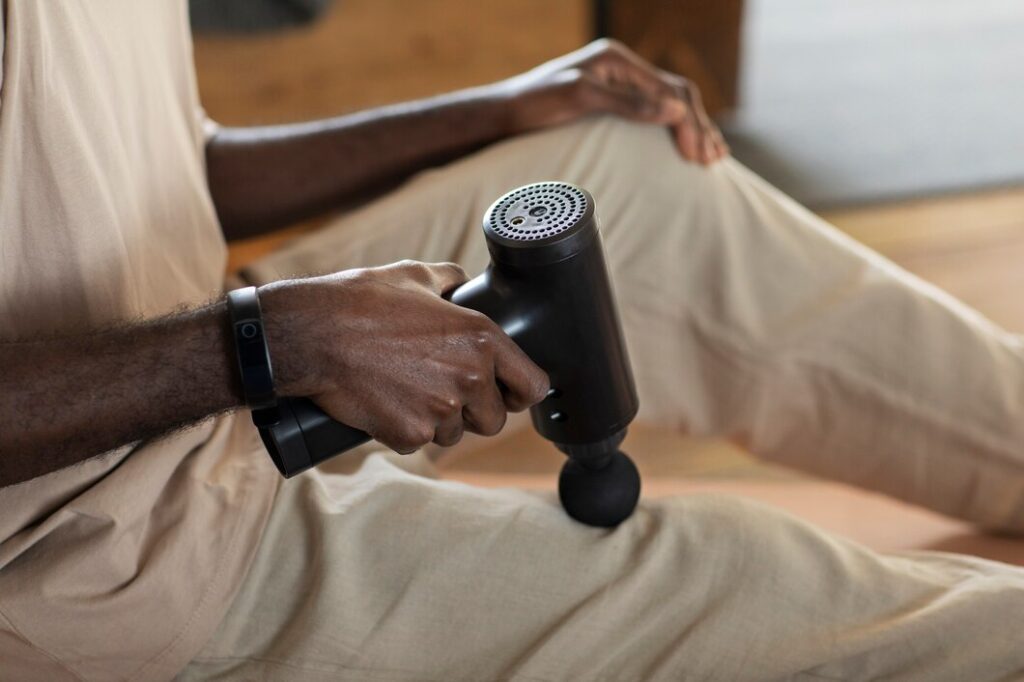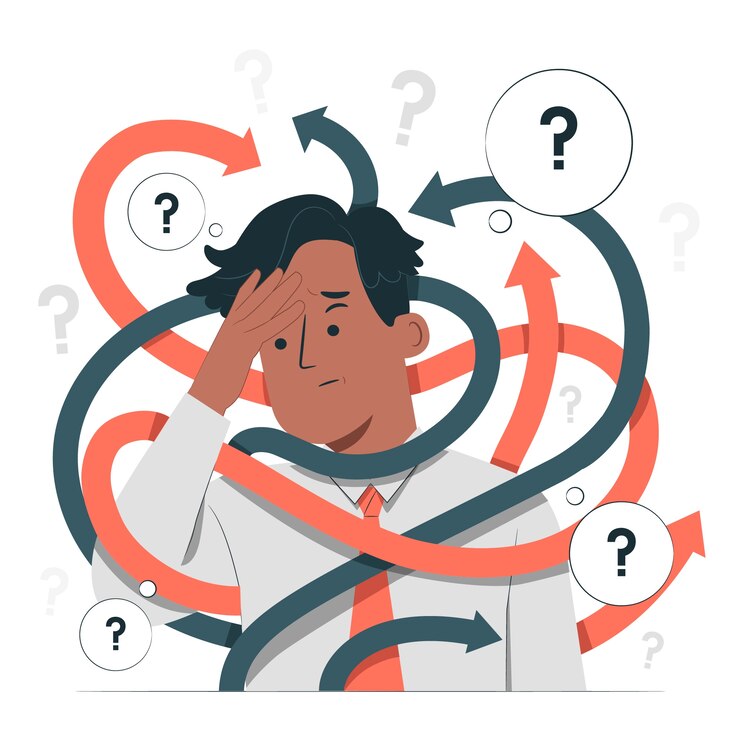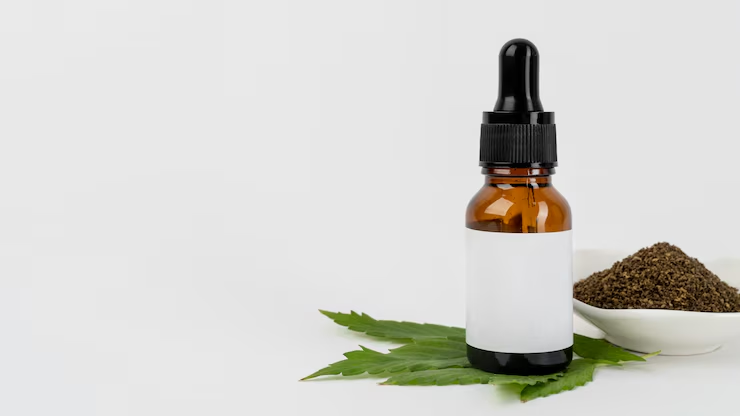CBD Roll-On vs. Traditional Pain Relief Medications: Which Path to Pain Relief is Right for You?
In a world increasingly focused on wellness and natural alternatives, the quest for effective pain relief is constantly evolving. For years, traditional pain relief medications have been the go-to solution for aches, pains, and chronic conditions. But now, a new contender is gaining significant traction: cbd roll on for pain
CBD, or cannabidiol, derived from the hemp plant, has surged in popularity for its potential therapeutic benefits, particularly in pain management. CBD roll-ons offer a convenient and targeted topical application, promising relief directly where you need it most.
But how do CBD roll-ons truly stack up against traditional pain relief medications? Are they a viable alternative, or just another fleeting wellness trend? This comprehensive blog post delves into a detailed comparison, exploring the mechanisms, benefits, drawbacks, and ideal uses of both CBD roll-ons and traditional pain relief options to help you make an informed decision for your pain management journey.
Understanding Traditional Pain Relief Medications
Traditional pain relief encompasses a wide range of medications, primarily categorized as over-the-counter (OTC) and prescription drugs. These medications have been the cornerstone of pain management for decades, and their effectiveness in many scenarios is well-established.
Types of Traditional Pain Relief Medications:
- Over-the-Counter (OTC) Pain Relievers: These are readily available without a prescription and are often the first line of defense for mild to moderate pain. Common examples include:
- Non-steroidal anti-inflammatory drugs (NSAIDs): Like ibuprofen (Advil, Motrin) and naproxen (Aleve), NSAIDs reduce pain and inflammation by blocking enzymes that produce prostaglandins, chemicals that contribute to pain and swelling.
- Acetaminophen (Tylenol): Acetaminophen primarily works to reduce fever and pain, although its exact mechanism is not fully understood. It’s generally considered gentler on the stomach than NSAIDs.
- Prescription Pain Relievers: These are stronger medications prescribed by a doctor for more severe or chronic pain. They include:
- Prescription NSAIDs: Stronger versions of OTC NSAIDs, often used for chronic conditions like arthritis.
- Opioids: Powerful pain relievers that work by binding to opioid receptors in the brain and body, reducing the perception of pain. Examples include morphine, codeine, oxycodone, and fentanyl. Opioids are typically reserved for severe pain due to their potential for addiction and side effects.
- Corticosteroids: Powerful anti-inflammatory drugs, often used to treat inflammatory conditions and pain associated with them. They can be administered orally, topically, or via injection.
- Antidepressants and Anticonvulsants: These medications, while primarily used for other conditions, can also be effective in managing certain types of chronic pain, particularly nerve pain.
How Traditional Pain Relief Medications Work:
Traditional pain relief medications work through various mechanisms, depending on the type of drug. NSAIDs target inflammation, acetaminophen affects pain signals, and opioids alter pain perception in the brain. They are designed to provide systemic relief, meaning they affect the entire body, not just the localized pain area.
Exploring CBD Pain Roll-Ons: A Natural Approach
CBD pain roll-ons represent a newer, more localized approach to pain relief. They harness the potential therapeutic properties of cannabidiol (CBD) and deliver them directly to the area of discomfort through topical application.
What are CBD Pain Roll-Ons?
CBD pain roll-ons are topical products infused with CBD extract, designed for easy and targeted application. They typically contain a blend of CBD, carrier oils, and often other beneficial ingredients like essential oils (menthol, eucalyptus, camphor) for added soothing and cooling sensations. The roll-on applicator allows for mess-free and precise application, making them convenient for on-the-go use.
How CBD Pain Roll-Ons Work:
CBD interacts with the body’s endocannabinoid system (ECS), a complex network that plays a role in regulating various functions, including pain, inflammation, and immune response. When applied topically, CBD is believed to interact with cannabinoid receptors in the skin, potentially reducing pain and inflammation locally. Unlike traditional pain relief medications that are often ingested and circulate throughout the body, CBD roll-ons offer a more targeted approach.
Types of CBD in Roll-Ons:
- Full-Spectrum CBD: Contains all cannabinoids, terpenes, and flavonoids found in the hemp plant, including trace amounts of THC (less than 0.3% in most regions). This “entourage effect” is believed to enhance the therapeutic benefits.
- Broad-Spectrum CBD: Contains most of the beneficial compounds of the hemp plant but with THC removed. It still offers the entourage effect without the risk of THC.
- CBD Isolate: Pure CBD, with all other plant compounds removed. This is the purest form of CBD and contains 0% THC.
Benefits of CBD Roll-Ons:
- Targeted Relief: Provides relief directly where you need it, minimizing systemic effects.
- Natural Alternative: Appealing to those seeking plant-based pain management options.
- Lower Risk of Side Effects: Generally well-tolerated with minimal side effects compared to many traditional pain relief medications.
- Non-Addictive: CBD is not addictive and does not carry the risk of dependence associated with opioids.
- Convenient and Portable: Roll-on application is easy, mess-free, and perfect for on-the-go relief.
- Potential Anti-Inflammatory Properties: CBD may help reduce inflammation, a key contributor to many types of pain.
Benefits of Traditional Pain Relief Medications:
- Proven Effectiveness: Decades of research and clinical use demonstrate their effectiveness for various pain conditions.
- Fast-Acting Relief: Often provide quicker pain relief compared to CBD roll-ons.
- Stronger Pain Relief: Prescription options, particularly opioids, can manage severe pain that CBD roll-ons may not be sufficient for.
- Systemic Relief: Effective for widespread pain or pain originating from internal sources.
- Wide Availability: OTC options are easily accessible at pharmacies and grocery stores.
When to Choose CBD Roll-On vs. Traditional Pain Relief

The best choice between CBD roll-ons and traditional pain relief medications depends on several factors, including:
- Type and Severity of Pain: For mild to moderate localized pain like muscle soreness, joint stiffness, or minor injuries, CBD roll-ons can be a good first option. For severe, acute, or chronic pain, traditional pain relief medications, especially prescription options, might be necessary.
- Personal Preferences: Individuals seeking natural alternatives or those concerned about side effects of traditional pain relief might prefer CBD roll-ons.
- Desired Speed of Relief: If fast relief is crucial, traditional pain relief medications often work more quickly. CBD roll-ons may require consistent application over time for optimal results.
- Long-Term Management: For chronic pain management, CBD roll-ons may be a safer long-term option for some, while long-term use of certain traditional pain relief medications needs careful consideration and medical supervision.
- Consultation with a Healthcare Professional: It’s always recommended to consult with a doctor or healthcare provider to determine the most appropriate pain management strategy for your specific condition. They can assess your pain, medical history, and help you weigh the pros and cons of both CBD roll-ons and traditional pain relief medications.
Conclusion: Finding Your Path to Pain Relief
Both CBD roll-ons and traditional pain relief medications offer valuable options for managing pain. Traditional pain relief has a long history of effectiveness, particularly for acute and severe pain, while CBD roll-ons provide a promising natural alternative for localized discomfort with a potentially lower risk of side effects.
Ultimately, the “best” choice is subjective and depends on your individual needs, pain type, preferences, and medical advice. CBD roll-ons can be a valuable addition to your pain management toolkit, especially for targeted relief of minor aches and pains. However, for more severe or chronic pain, traditional pain relief medications might be necessary, possibly in conjunction with complementary therapies like CBD.
Always prioritize consulting with your healthcare provider to create a personalized pain management plan that is safe and effective for you.
Frequently Asked Questions (FAQs)

1. Can I replace my prescription pain medication with a CBD roll-on?
It’s crucial to consult with your doctor before making any changes to your prescribed pain medication regimen. CBD roll-ons may be helpful for managing mild to moderate pain, but they are generally not considered a direct replacement for prescription traditional pain relief medications, especially for severe or chronic pain conditions. Your doctor can advise you on the most appropriate and safe pain management strategy.
2. Are there any side effects of using CBD pain roll-ons compared to traditional pain relief?
CBD roll-ons are generally considered to have fewer and milder side effects compared to many traditional pain relief medications. Common side effects of traditional pain relief can range from stomach upset with OTC NSAIDs to more serious issues like addiction and organ damage with prescription opioids. CBD roll-on side effects are typically mild and localized, such as skin irritation in some individuals. However, it’s always best to do a patch test before applying liberally and to purchase CBD products from reputable brands to ensure quality and safety.
3. How quickly can I expect pain relief from a CBD roll-on versus traditional pain relief medications?
Traditional pain relief medications, particularly OTC and prescription pills, often provide faster pain relief, typically within 30-60 minutes. CBD roll-ons, on the other hand, tend to offer more gradual relief. It may take some time and consistent application for the CBD to interact with the ECS and provide noticeable pain reduction. For immediate and acute pain, traditional pain relief may be more suitable, while CBD roll-ons may be better for ongoing, localized pain management.
4. Can I use CBD roll-on and traditional pain relief medications together?
In some cases, CBD roll-ons can be used in conjunction with traditional pain relief medications as part of a comprehensive pain management plan. However, it’s essential to discuss this with your doctor or pharmacist, especially if you are taking prescription medications. They can advise you on potential interactions and ensure that combining these approaches is safe and appropriate for your specific health situation.







